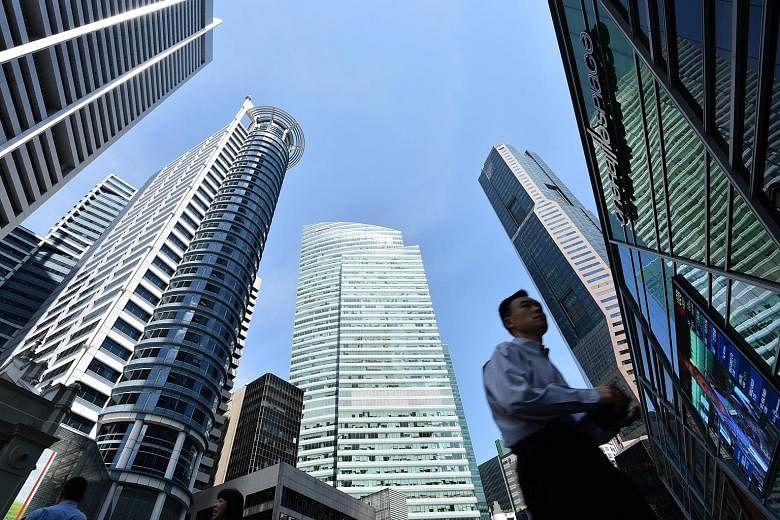Overall job prospects may be improving, but a small - though growing - group of residents is being left in the lurch.
These job seekers are finding it hard to get new positions even after being unemployed for 25 weeks or more, the latest labour report released yesterday showed.
Observers said the ongoing restructuring continues to pose a challenge, as flagged in the labour report for the third quarter of this year, even though the cyclical economic recovery has lifted job prospects.
DBS economist Irvin Seah said the rise in the long-term unemployment rate for Singaporeans and permanent residents in the past two years is a matter of concern.
It rose to 0.8 per cent in September, up from 0.7 per cent in June, according to figures released by the Ministry of Manpower (MOM). This was similar to the figure in September last year. In contrast, the rate hovered between 0.5 per cent and 0.6 per cent in 2014 and 2015.
This rate measures the proportion of the resident labour force that has been unemployed for at least 25 weeks.
-
Economists raise 2017 growth forecast
-
Private-sector economists are expecting Singapore's full-year growth to come in at 3.3 per cent, up from an earlier 2.5 per cent estimate in September.
They also expect growth next year to be steady even as it moderates slightly with an expansion of 3 per cent, according to the Monetary Authority of Singapore's Survey of Professional Forecasters, based on feedback from 23 economists and analysts. Their expectations are in line with forecasts by the Trade and Industry Ministry, which recently upgraded the 2017 growth forecast to 3 per cent to 3.5 per cent, up from an earlier estimate of 2 per cent to 3 per cent.
For next year, the economy is expected to expand between 1.5 per cent and 3.5 per cent, with growth likely to come in around the middle of the range.
"It reflects how workers in industries that have been impacted by disruptive technology are finding it harder to migrate to new industries, and highlights the need to upgrade the skill sets of workers, particularly for those who are older," said Mr Seah.
MOM said local employment is expected to continue to grow next year, but it will remain uneven across sectors.
"Job-skills mismatch will continue to be a growing challenge due to ongoing economic restructuring and shifts in composition of the resident labour force," said MOM.
Overall, the unemployment rate in September remained at 2.2 per cent after accounting for seasonal variations. For Singaporeans, it was 3.2 per cent in September, down from 3.3 per cent in June.
Retrenchments from July to September dropped to 3,400, down from 3,640 in the second quarter of this year. This was lower than the 4,220 layoffs in the same quarter a year ago.
However, total employment in the first three quarters of the year contracted by 21,400, excluding foreign domestic workers. It sat at 3,412,000 as of September. The bulk of those who left were work permit holders in construction and manufacturing, said MOM.
Meanwhile, 66.4 per cent of residents who were retrenched in the first quarter of this year were back in jobs within six months - by the the third quarter. This was the highest re-entry rate since the fourth quarter of 2015.
Older workers aged 50 and above, and professionals, managers, executives and technicians fared less well, with re-entry rates of 55.9 per cent for the former and 63.6 per cent for the latter. Nevertheless, the rates improved from the previous quarter.
Job seekers continued to outnumber job vacancies, and there were 87 job openings for every 100 unemployed people as of September. This seasonally adjusted ratio improved from the one in June, which saw 85 openings to 100 unemployed people.
Recruitment company Kelly Services Singapore's managing director Foo See Yang said contracting is likely to remain as an alternative to permanent hiring, as businesses continue to adapt to the restructuring economy.
"Hiring activity is likely to gather pace in the first half of 2018, especially within the temporary and contract space for the healthcare and information technology industries," he added.
SEE TOP OF THE NEWS


